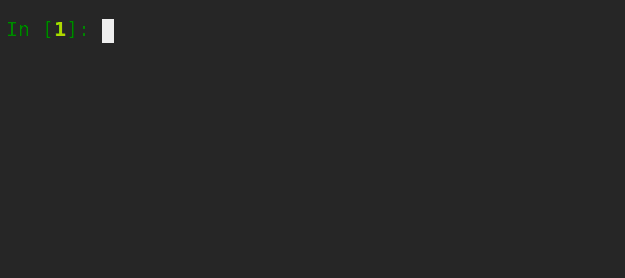jmessaging is a very simple package (with no dependencies!) that makes
printing colorized messages to the console a breeze.
import jmessaging as jm
messenger = jm.Messenger()
messenger.info('This is a message')
messenger.warning('This is a warning')
messenger.error('This is an error')would result in
The brackets around the message type can be changed along with the color associated with the type
import jmessaging as jm
messenger = jm.Messenger()
messenger._left = '<'
messenger._right = '>'
messenger._info = jm.jcolor.blue + jm.jstyle.bold
messenger._warning = jm.jcolor.magenta + jm.jstyle.bold
messenger._error = jm.jcolor.green + jm.jstyle.bold
messenger.info('This is a message')
messenger.warning('This is a warning')
messenger.error('This is an error')would result in
import jmessaging as jm
messenger = jm.Messenger()
messenger._info = jm.jbackground.black + jm.jcolor.white + jm.jstyle.bold
messenger._warning = jm.jbackground.yellow + jm.jcolor.white + jm.jstyle.bold
messenger._error = jm.jbackground.red + jm.jcolor.white + jm.jstyle.bold
messenger.info('This is a message')
messenger.warning('This is a warning')
messenger.error('This is an error')would result in
Text can be colorized using the jcolorize function from the jcolor module
like so
import jmessaging as jm
colorized = jm.jcolorize('This is text', jm.jcolor.cyan)
print(colorized)would result in
You can print on the same line repeatedly using the print_same_line function
like so
import time
import jmessaging as jm
for i in range(1000, 0, -1):
jm.print_same_line(f'Current num: {i}')
time.sleep(0.001)
print('\n')would result in
Notice the print('\n') at the end. That's necessary (or use print()) to move
the cursor to the next line.




